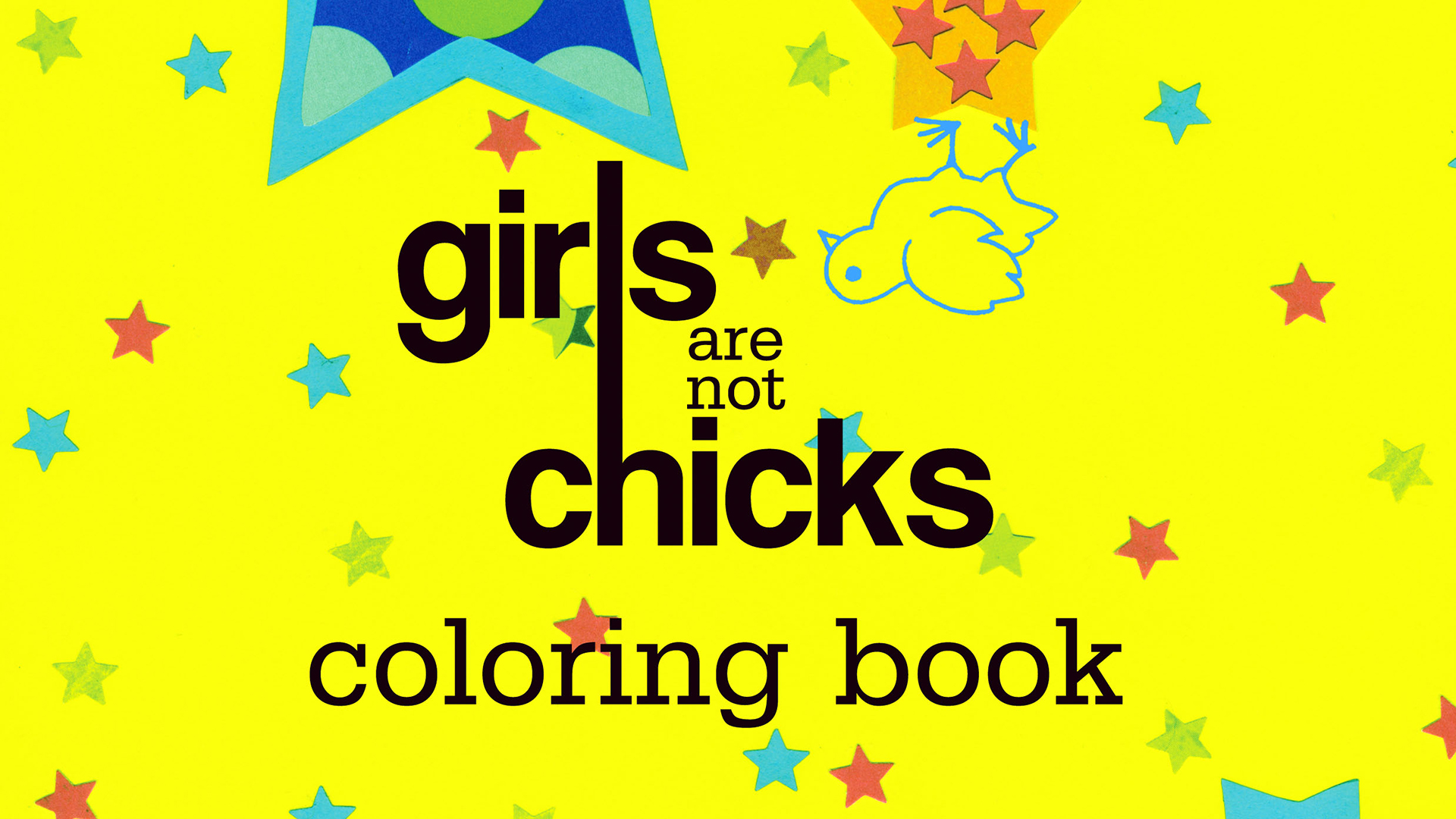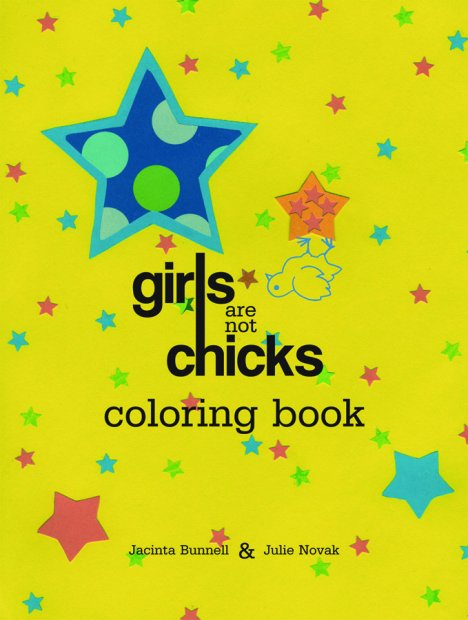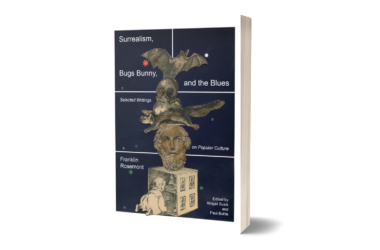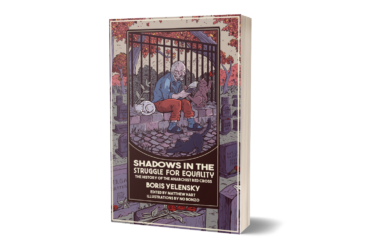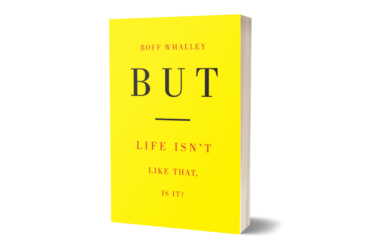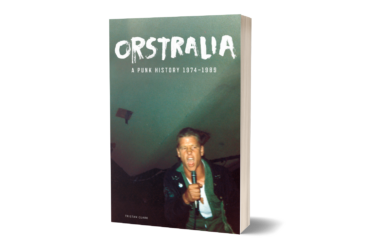By Melanie Maddison
Colouring Outside The Lines zine
March 2005
Jacinta Bunnell
Location: Rosendale, NY
How would you describe your art?: Not high-falutin’
3 Likes: Sparkly markers, discovering really sweet and magical things for the first time, and laughing so hard that I cry.
3 Dislikes:
Anything that makes someone feel bad about themselves, racism, and the
fact that there is even one person who is homeless in this country of
such wealth.
Daily Inspirations:
The young people I know who ask me very earnestly to seatbelt their
stuffed animals into the car, music that makes my heart burst open, my
amazing friends who will listen to me say just about absolutely
anything, and my partner who very cutely and creatively makes music on a
guitar or drums nearly every day.
People you admire:
My nieces (Keetin and Zia), young queer kids who survive high school,
people who make thesauruses, Joan Armatrading, and David Sedaris.
Superpower you would most like to possess:
Whatever it takes to get one of those really awesome costumes with
gadgets that hook on buildings, flame-powered boots, and a really nice
belt.
http://www.girlsnotchicks.com/
– – –
Your
genderific colouring books, (in collaboration with Irit & Julie),
‘Girls are not chicks’ and ‘Girls will be boys will be girls’ feature
your original illustrations in a clip-art /traditional colouring book
style, subverted & deconstructed with slogans such as ‘don’t let
gender box you in’ and ‘sometimes the princess is saved by the girl next
door’. How did you first develop these specific art/illustrating
skills? What is your artistic background?
It all
started very early. My dad was the only art teacher I ever really had,
with the exception of one semester in college. And I only took that
class because the professor was one of only 2 out lesbians at my school
and I wanted to get to know her. I just always liked to draw and when I
was small, I would draw countless pictures of strawberries for the chef
at my dad’s work. The more berries I drew, the more real berries he
would send home from the restaurant. I guess it was some form of early
reward system my dad had worked out! I never had any confidence in my
actual drawing ability but continued to be artistic/creative throughout
my life. Then, when we got a publishing offer from Soft Skull Press for
our colouring book and were asked to find artists, it was the fire under
my butt I needed to take a stack of illustration books out of the
children’s library and teach myself some rudimentary skills. In some
ways, I owe it to the artists who promised us illustrations and never
delivered. I felt the need to fill in the gaps. From there, I ended up
making some drawings that I was actually proud of and we decided to put
them in the colouring book.
How did these two particular colouring book projects come about?
Girls
will be boys will be girls will be… came about because I met this
really fascinating person, Irit Reinheimer, and we wanted to find some
interesting way to forge a friendship. So we came up with this list of
30 or so free things to do in our town. It included things like: going
to the Special Olympics, calling to request songs by women and queers to
the college radio station, learning how to fix our cars… Well,
needless to say, we only got to one other before we started on the one
that stuck out to us the most: making a colouring book about gender.
Where we came up with the idea for that one, we may never know. I think
it was channelled from the crayon fairies. We set to work on that one
and it slowly consumed every free moment of time we had together. Girls
are Not Chicks came out of this creative over-drive I was in after I saw
how many people were touched by the first one.
Why
did you decide to use art and illustration as the medium to convey your
genderific messages, as opposed to solely writing your messages? Do you
think there is something powerful about using images?
Pictures
are so much more accessible to a larger amount of people. Both Irit and
I had done our time in the halls of academia and had become tired of
all the discourse that could engage only a select few. We wanted to
present an issue that is very real and weighty for us but wanted to use
humour to communicate our thoughts and ideas. And who doesn’t still have
a little hankering for crayons now and again, even those of us who have
“grown up”.
Has using the form of
colouring books been useful as a mode of engaging audiences to
participate in actively thinking about the issues raised, seen as yr
audiences engage with the books personally by filling them in?
Very
useful indeed! My favourite times are when we blow up the images from
the books into really big posters and host community colouring projects
where everyone works together to create these really outrageous, fun
works of art. Also, because the books use humour as a teaching tool, I
have found myself talking about gender issues with people who were
normally really defensive about such things.
What has the feedback been like from audiences?
Really
positive! My favourite so far was the thank you card we got from
someone who was buying the book for their 4 year old nephew who had
worked super hard to convince his parents to buy him a pink “girl’s”
bathing suit! We get touching letters like this once in a while and they
really make my whole life more meaningful! Really!
The
colouring books have been described as a ‘subversive and playful way to
examine how pervasive stereotypes about gender are in every aspect of
out lives’. How important do you think the role of subversion is in your
projects?
There isn’t much I don’t try to subvert at some point or another!
Were the colouring books intended for an audience of children?
Not
initially. We originally only made 50 copies of girls will be boys will
be girls will be… because we were just going to give it as gifts to
friends and then drop it. We never had an audience in mind beyond some
friends of ours. When we got those first 50 copies back from the copy
shop, we couldn’t believe our eyes. It dawned on us that maybe some more
folks would find this somewhat rough-looking book interesting. One
thing led to another, and we ended up selling 5,000 copies on our very
own. Now we try to make the new books accessible for all ages because it
has grown far beyond our community! You never know when a child will
pick one up and we wanted to be sensitive to that.
How
important do you think the role of art is in children’s lives and to
what extent do you feel it plays an important part in children’s
development?
VERY IMPORTANT! For some children,
art is the most life-enhancing aspect of their lives. We are all meant
to make art, but creativity gets squashed out of so many of us by
judgmental, nay-saying teachers and parents (who all had the same done
to them).
In terms of the books
being ‘playful’, and as one reviewer stated, ‘get some wising up along
with your recreational time’, how important do you think arts’ role as
‘recreation’ is, as many would argue that its role is much greater than
that? What do you think of the relationship between playfulness and
politics? In your eyes, with reference to your books, is there such
thing as a ‘playfulness of politics’?
Yes. It
isn’t always effective or appropriate to be playfully political. But
whenever it is, I think a lot gets accomplished by helping folks
dismantle some of their armour with play.
A
piece of artwork by Barbara Kruger once famously asked, ‘why are we
shown one picture and not another?’ What do you feel the impact of
previously being shown only one picture in children’s (and otherwise)
literature, in particular of the representation of gender, and
sexuality, has had on audiences?
Ugggggghhhhhhhh, I
think it is so deep that most of us are numb to the homogeny of gender
expression in books, toys, and movies for young people. Now it is time
for us to shake the numbness and just start creating alternatives.
Is
this part of what your colouring books hope to combat, by showing
diverse pictures that reinforce positive gender roles in all
communities?
Yes.
Has distributing your zine through independent and radical distributors directed your zine towards a specific audience?
Yes. I’m not sure the mainstream distributors would be all that psyched about our books.
Has
your decision to produce ‘Girls will be boys will be girls’ as a more
accessible book been made as a conscious decision to extend your ideas
out to a larger, perhaps more diverse audience? Or were there more
pertinent aims and ideals behind the decision to produce a book than
this?
Having the book published really solves the
problem for us of having to spend so much time distributing, promoting,
and making those you-owe-us-money calls. We can spend more time being
creative. And the publisher and distributor will do a much more
efficient job at getting the book into the hands of more people who can
find a bit of liberation in it.
Did producing a book, rather than a zine alter or change the aims you had with your art?
Not at all.
The
provocation of your art in inspiring and challenging your audiences is
achieved by a combination of illustration and text. What comes first
when producing individual pages, the aesthetic image, the words and
statements you use, or the political impetus?
Behind
every project is first my political impetus. I want everything I make
to be true to my personal politics. From there, I seek out images that
ask me, beg me, to make commentary on them. Then, if we need to redraw
them, we do. Some found images we leave as is or alter in some way.
Author
Mark Andersen once stated, in terms of political activism, that
‘creativity is required to sustain struggle and growth’. What are your
thoughts on this statement, with reference to your creative work with
these zines?
Yahoo! I say bring on as much creativity as we can all muster.
What has been the most rewarding aspect of producing your artwork?
The personal stories people relate to me about some particular page in the books, how it reminds them of them when they were little or makes them angry because they never felt they were presented with these concepts as a child. Sometimes it’s the children who have come up to me over the years and said very simply and plainly, “girls will be boys will be girls.” It shakes me out of that place in myself that takes that statement for granted because I’ve been looking at, typing, saying, writing that god-forsaken beautiful phrase 12 million times over the last several years to the point where I realize, whoa! I never would have known that that was even a possibility to say out loud in 1978!

